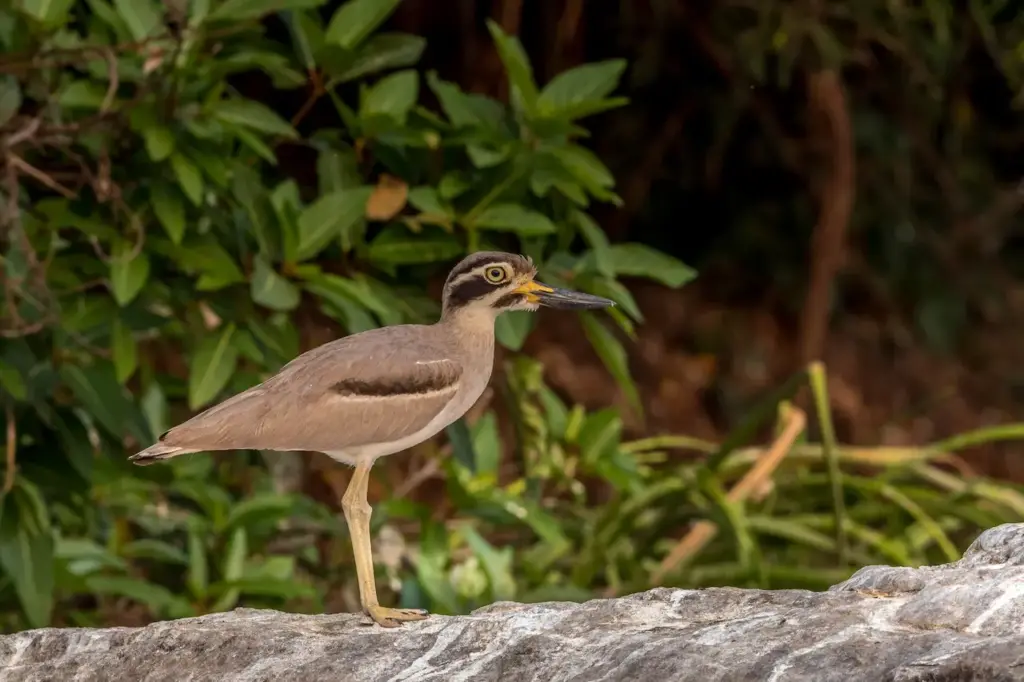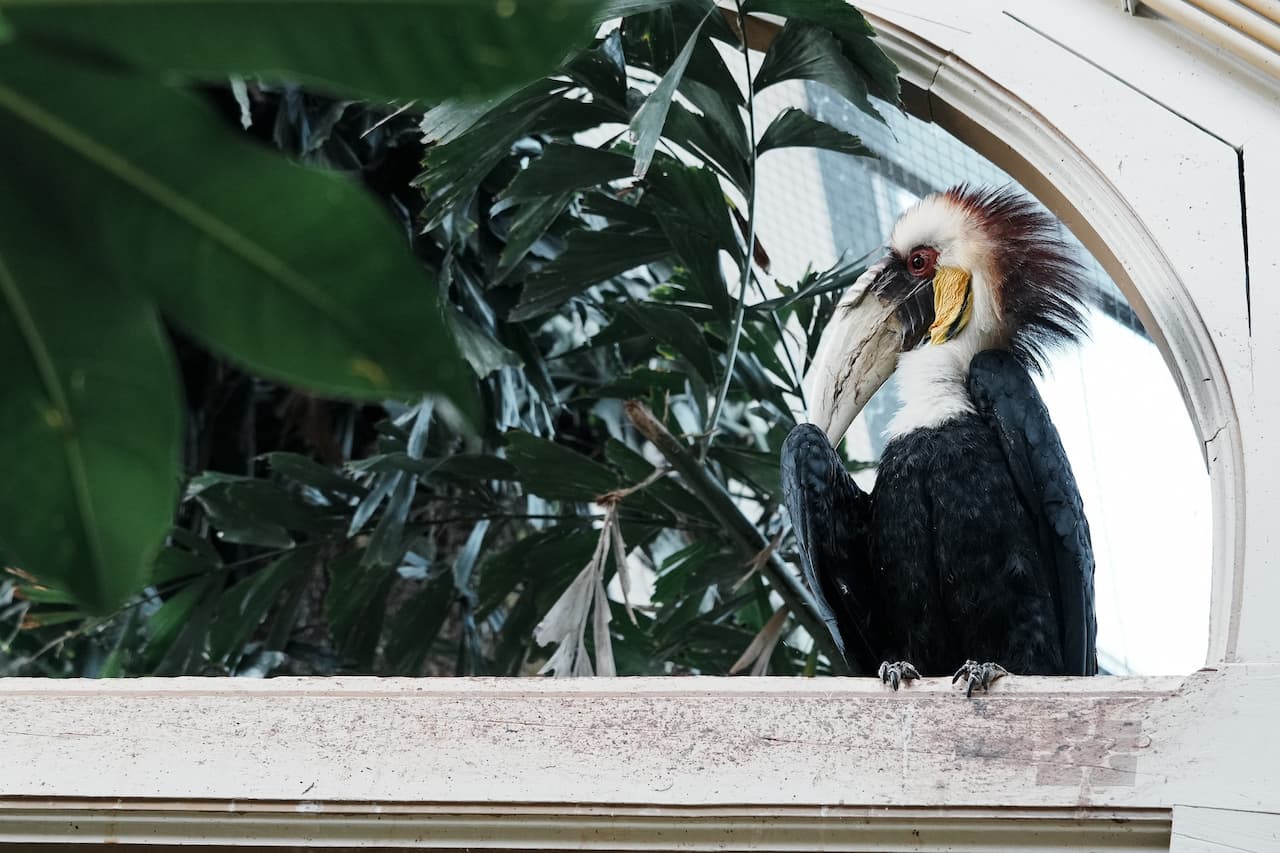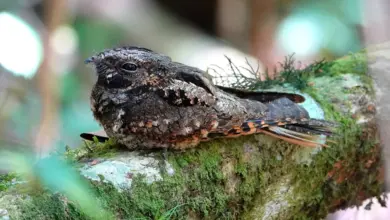Stone-curlews or Thick-knees – Burhinidae
Stone-curlews or Thick-knees – Burhinidae
The Stone-curlews (family Burhinidae) are also commonly known as Thick-knees. The term Stone-curlew owes its origin to the broad similarities with true curlews (which are not closely related).
Stone-Curlew Photo Gallery

The Stone-curlews (family Burhinidae) are also commonly known as Thick-knees. The term Stone-curlew owes its origin to the broad similarities with true curlews (which are not closely related).
Distribution / Range
These waders that are found worldwide within the tropical zone, with some species also breeding in temperate Europe and Australia.
Most species are sedentary, but the Stone Curlew is a summer migrant in the temperate European part of its range, wintering in Africa.
Most species prefer arid or semi-arid habitats.
Description
They are medium to large waders with strong black or yellow black bills, large yellow eyes—which give them a reptilian appearance—and cryptic plumage.
Thick-knee refers to the prominent joints in the long yellow or greenish legs and apparently originated with a name coined in 1776 for B. oedicnemus, the Thick-kneed Bustard.
They are largely nocturnal, particularly when singing their loud wailing songs, which are reminiscent of true curlews.
Diet / Feeding
The diet consists mainly of insects and other invertebrates (= animals without internal skeleton, such as larvae, earthworms, millipedes, snails, spiders).
Larger species will also take lizards and even small mammals.

Index of Stone-Curlew (Species Image Gallery)
- Eurasian Stone-curlew (Burhinus oedicnemus)
- Senegal Thick-knee (Burhinus senegalensis)
- Water Dikkop aka Water Thick-knee (Burhinus vermiculatus)
- Spotted Dikkop (Burhinus capensis)
- Double-striped Thick-knee (Burhinus bistriatus)
- Peruvian Thick-knee (Burhinus superciliaris)
- Bush Stone-curlew (Burhinus grallarius – formerly B. magnirostris, the Bush Thick-knee)
- Great Thick-knee (Esacus recurvirostris)
- Beach Stone-curlew (Esacus giganteus – formerly E. magnirostris, the Beach Thick-knee)
Species Research by Sibylle Johnson
Please Note: The articles or images on this page are the sole property of the authors or photographers. Please contact them directly with respect to any copyright or licensing questions. Thank you.



